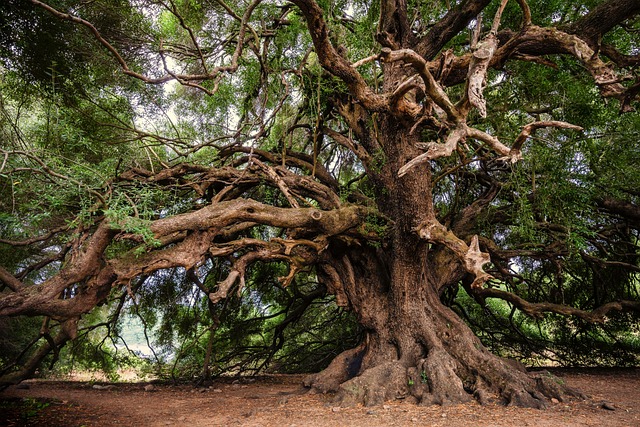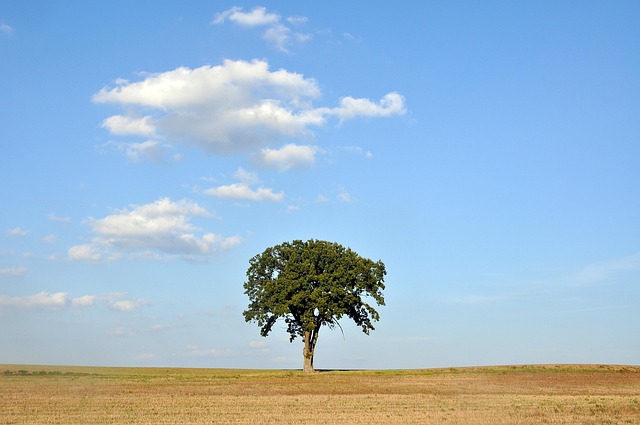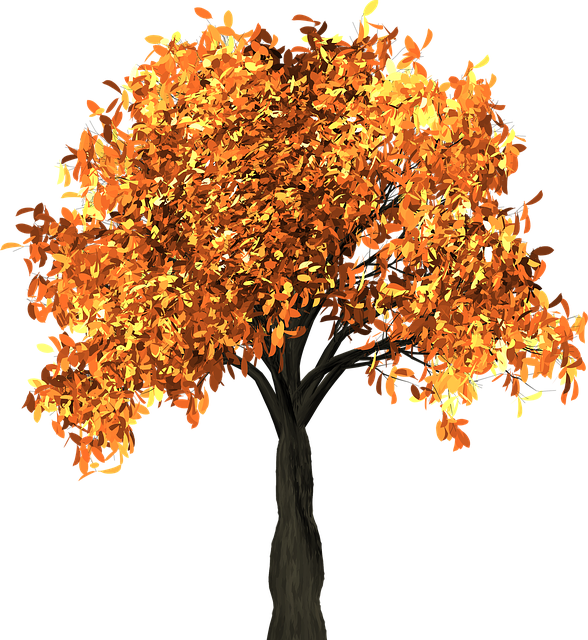Plano, Texas, prioritizes strategic tree removal, balancing urban development with ecological preservation. Homeowners and urban planners should consult arborists for expert assessments of tree health, considering factors like structural integrity, disease signs, nutrient availability, visual damage, and soil pH. Tree removal services in Plano TX employ specialized equipment, protective gear, and meticulous planning to ensure safety and minimize environmental impact. Sustainable practices, including non-invasive assessments, proper pruning, and organic pest control, preserve the city's vibrant landscape, native flora, and fauna while managing potential hazards associated with problematic trees.
“In the vibrant urban landscape of Plano, Texas, understanding tree health assessment and safe removal practices is crucial for both property owners and local authorities. This comprehensive guide delves into the art of evaluating tree vitality, particularly in the context of Plano’s unique environmental considerations. From recognizing signs of decline to implementing effective removal techniques, this article equips readers with knowledge on when and how to safely manage trees, ensuring a harmonious balance between urban development and nature.”
- Understanding Plano TX Tree Removal: When and Why
- Assessing Tree Health: A Comprehensive Guide
- Safe and Effective Tree Removal Techniques
- Environmental Impact and Best Practices in Plano TX
Understanding Plano TX Tree Removal: When and Why

In Plano, Texas, tree removal is a significant decision that should be approached thoughtfully and strategically. Understanding when and why to remove trees is crucial for maintaining a healthy urban forest. Trees play a vital role in our communities, providing aesthetic appeal, environmental benefits, and safety. However, there are circumstances where a tree may become a hazard or negatively impact surrounding structures, requiring its removal.
Tree removal in Plano TX is often considered when a tree exhibits signs of decline, disease, or damage. Old, weakened trees can be prone to falling, posing risks to people and property. Additionally, certain species may be invasive or susceptible to pests, leading to their removal for ecological reasons. Landowners should consult with arborists to assess the health of their trees and determine the best course of action, ensuring the safety and well-being of both the tree and the surrounding environment.
Assessing Tree Health: A Comprehensive Guide

Assessing tree health is a critical task for any homeowner or urban planner in Plano, TX, especially considering the city’s vibrant landscape and bustling streetscape. It involves a comprehensive evaluation of various factors that contribute to a tree’s overall well-being. By understanding these indicators, you can make informed decisions regarding Plano TX tree removal or preservation.
A detailed health assessment includes examining the tree’s structural integrity, checking for signs of disease or pest infestation, and assessing water and nutrient availability. Visual inspection is often the first step, looking for any visible damage to branches or trunk, as well as unusual growth patterns or discolouration. Further analysis may involve soil testing to determine pH levels and nutrient content, which can impact a tree’s ability to thrive. Regular monitoring of trees can help in early detection of issues, allowing for timely interventions to preserve their health and, where necessary, facilitate responsible Plano TX tree removal services.
Safe and Effective Tree Removal Techniques

When it comes to tree removal in Plano TX, safety is paramount. Professional arborists employ techniques that prioritize minimizing damage and ensuring the well-being of both the tree and surrounding properties. One such method is the use of specialized equipment designed for precise cutting and branching, reducing the risk of fallen debris. Proper protective gear is also crucial for the safety of the removal team.
Effective Plano TX tree removal goes beyond physical safety. It involves strategic planning to determine the best angle and method for extraction. Arborists may use cable and spike systems to carefully guide the tree’s fall, preventing damage to nearby structures or power lines. This meticulous approach ensures that the removal process is not only safe but also efficient, leaving minimal impact on the environment and maximizing the health of the surrounding landscape.
Environmental Impact and Best Practices in Plano TX

In Plano TX, understanding the environmental impact of tree health assessment and management is crucial for maintaining a sustainable urban landscape. When considering Plano TX tree removal, it’s essential to adopt best practices that promote ecological balance. Proper tree care and removal methods can prevent soil erosion, protect water quality, and preserve biodiversity by ensuring that native plant life thrives. For instance, removing trees should be the last resort, especially in areas with high biodiversity or sensitive ecosystems.
Plano TX residents and professionals involved in tree management should prioritize non-invasive assessments to gauge a tree’s health before making any decisions. This includes regular inspections for signs of disease, pest infestation, or structural damage. Additionally, sustainable practices like proper pruning, adequate watering, and organic pest control can significantly enhance tree longevity and overall ecosystem health. These measures are vital in mitigating environmental impacts, ensuring that Plano TX remains a vibrant and ecologically responsible community.
In conclusion, understanding the health of your trees is key to effective tree management in Plano, TX. By following a comprehensive assessment guide and adhering to safe removal techniques, residents can ensure the well-being of their surroundings while addressing potential risks. When considering Plano TX tree removal, balancing environmental impact with best practices is essential, ultimately fostering a healthier and more sustainable community landscape.






